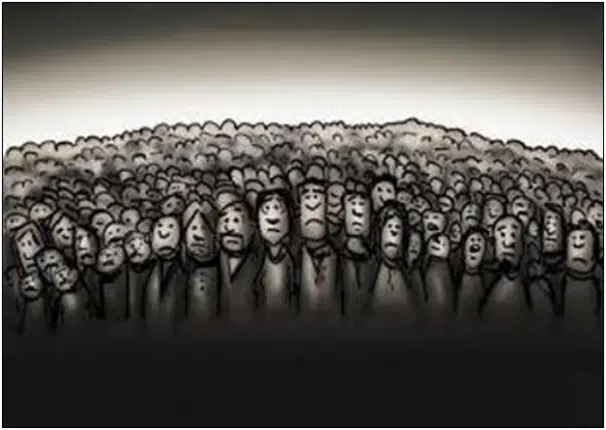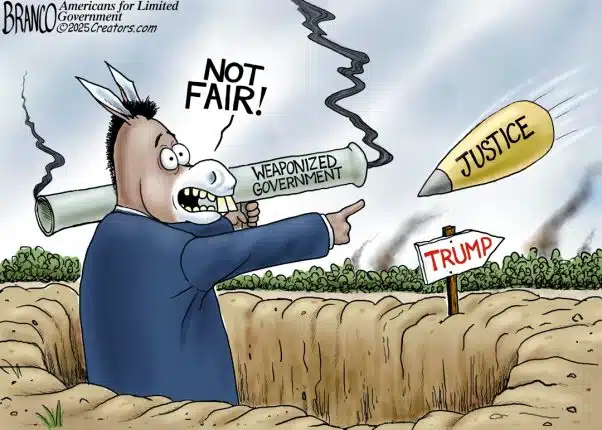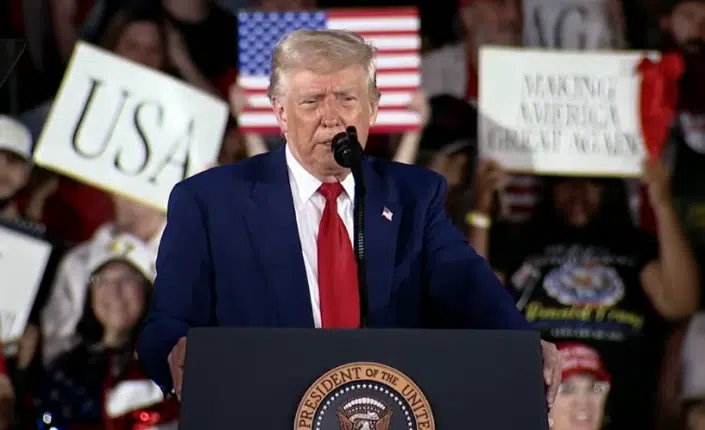 By Adam Bitely – Friedrich August von Hayek and John Maynard Keynes have been the central part of a near century long battle over the role that government should play in the economy. Time and again, the ideas and theories of Keynes and Hayek have been used to argue for and against the involvement that government has in the fiscal policy making process in the United States. Both Hayek and Keynes have played pivotal roles in the development of American economic policy.
By Adam Bitely – Friedrich August von Hayek and John Maynard Keynes have been the central part of a near century long battle over the role that government should play in the economy. Time and again, the ideas and theories of Keynes and Hayek have been used to argue for and against the involvement that government has in the fiscal policy making process in the United States. Both Hayek and Keynes have played pivotal roles in the development of American economic policy.
Only one of these two men, though, has been heeded as knowledgeable in the halls of government power. And that man is Keynes. As time has shown, the theory of the role that government should play in the marketplace from Hayek has been long overlooked and only used as a tool from central planners to demean bad economic outcomes from the Keynesian economic policies that have been put in place.
Beginning in the Great Depression era, policy makers in Washington latched on to Keynes’ new theories of stimulating the economy through high levels of government spending. The government should increase public works projects and stimulus spending, as Keynes theorized, that would increase the nation’s aggregate demand (AD), meaning an increase of the total demand for final goods and services. Followers of Keynes, known as Keynesians, believed that if they could pump out enough money through government run projects and programs, people who received the benefits of these projects would spend the money and the economy would come roaring back to life.
As time would tell, this theory was incorrect. The Great Depression continued on as project after project and program after program failed to yield the results that Keynesians had hoped for. Even when faced with the data that proved the Keynesian theory incorrect, the policy makers argued that spending was just not high enough.
On the other side of the argument was Friedrich Hayek, who argued that government planning the economy would never work. As Hayek argued in his book The Fatal Conceit, “the curious task of economics is to demonstrate to men how little they really know about what they imagine they can design.” Central planners can try day and night to make the economy work perfectly, but they never have the perfect information that would yield the results they hope for.
Hayek knew that increasing government spending only directed resources away from their most useful outlet. Only markets, free of government involvement and comprised of willing buyers and sellers who had no barriers to entry and exit, could figure out the best ways for resources to be allocated. How could politicians and central planners, as Hayek argued, have the knowledge for the best uses of resources?
As the actor playing Hayek rapped in “Fear the Boom and Bust”, a video anthem produced by George Mason Economics professor Russ Roberts, “Keynes ignores human action and motivation.” The politicians and central planners in Washington, D.C. pay no attention to the actions of the many and instead try to dictate what the many should be doing. Individuals know how to best use their resources, not politicians in a far away city. The government planners tried their best to figure out the best uses of the resources of the many throughout the Great Depression to no success.
Unfortunately, little attention was given to the ideas pushed by Hayek, and Keynes became the mastermind behind the failed New Deal era programs that have fundamentally changed the relationship between the government and the economy. Central planning from the government has led to a cycle of booms and busts, and instead of government officials seeing their actions as causing the booms that inevitably lead to busts, the government bemoans the bust and blames greed from private citizens as the cause to the economy’s problems.
Even today we see these arguments from generations ago play out before our eyes. Politicians in Washington were quick to blame the free market that Hayek believed in for creating the boom and bust that has led to the recession that we are currently living in. People that supported Hayek’s theories were marginalized by the media and through political rhetoric for causing the housing bust and creating artificially low interest rates that could never be sustained. Very few inside of the government questioned the policies that led to the boom and eventually the bust that were spearheaded by Congress and the nation’s central bank, the Federal Reserve.
These Keynesian critics have also failed to provide evidence that this supposed “free market” system ever existed to begin with. Instead, the theories pushed by the acolytes of Keynes have been the dominant theory of economics followed by Washington, D.C. politicians and central planners since the Great Depression.
The battle between Hayek and Keynes has been long and hard. Very few in government have ever paid any attention to the theories of Hayek, using the wisdom he left us with only as a scapegoat to increase government spending and marketplace regulations. But the battle continues all the same, and will never end, until the government realizes that centrally planning the marketplace only results in the misallocation of resources and the continued volatility that results from these government-created booms and busts.
Adam Bitely is the Editor-in-Chief of NetRightDaily.com and is a student of Economics at George Mason University. You can follow him on Twitter at @AdamBitely.






